Ski holiday insurance – the facts you need to know
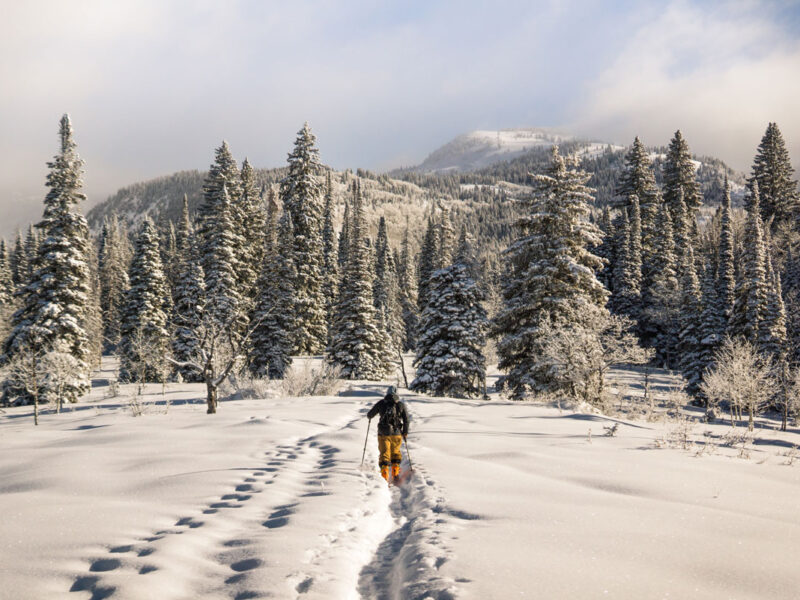
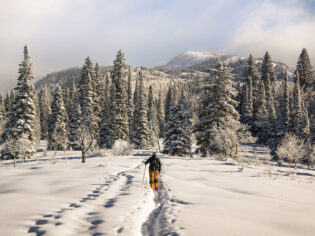
Heading to the hills? Stay fancy-free in a winter wonderland by decoding the ins and outs of ski travel insurance first.
As majestic snowflakes blanket the mountains, the call of the slopes beckons adventure and nature enthusiasts. Ski travel insurance, often overlooked amidst the excitement of planning a winter escapade, is your holiday’s unsung hero, promising a worry-free journey down the frosty hills. Let us easily guide you through the intricacies of ski insurance, so you can focus on conquering the alpine realms.
Take note: Ski insurance is not usually part of the travel insurance deal
Ski travel insurance, synonymous with winter sports coverage, is your ticket to a safe, secure, and all-round sublime ski holiday. Ski travel insurance is tailor-made for skiing enthusiasts, offering protection against a range of potential mishaps that could dampen your snowy sojourn.
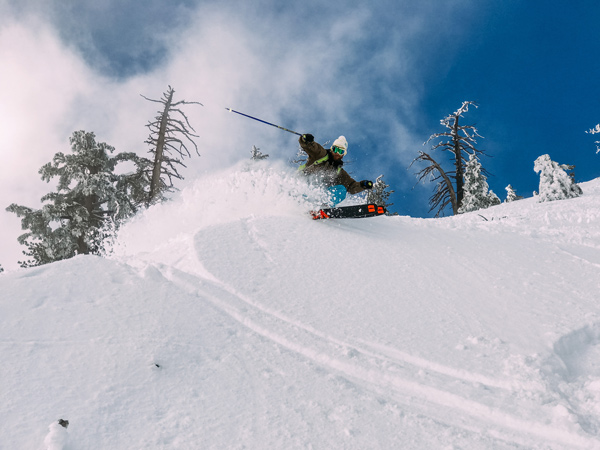
Test your limits in Mount Baldy, United States. (Image: Robson Hatsukami Morgan)
In your excitement, don’t be fooled into thinking regular insurance has your back – you’ll need to add this to your standard travel insurance when indulging in winter sports activities like skiing, snowboarding, and snowmobiling.
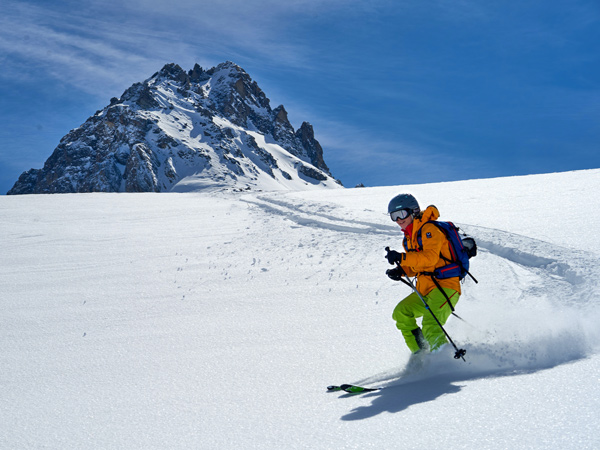
Secure ski insurance to conquer the slopes with ease. (Image: Cyprien Delaporte)
Why ski travel insurance matters
Let’s be honest – ski injuries happen. According to the stats, ski holiday injury rates are around three injuries per 1000 visitor days, and these are likely to be fairly major mishaps. Falls and collisions are major causes, resulting in fractures, sprains, and head injuries. So, securing a travel insurance policy with ski cover is essential when planning your trip. Shelling out even more funds for a fall is the last thing you want to worry about if the unfortunate does occur.
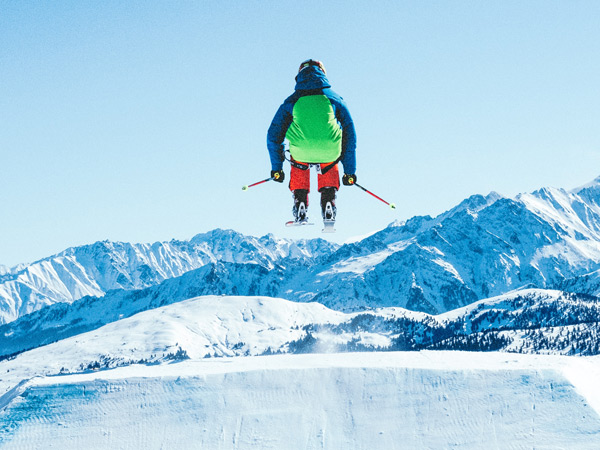
Falls and collisions may happen while skiing. (Image: Maarten Duineveld)
Your insurance will also likely reimburse you for unused ski equipment as the result of an accident or illness, and even cover you for incidents unrelated to skiing, giving you peace of mind amidst your snowy adventures.
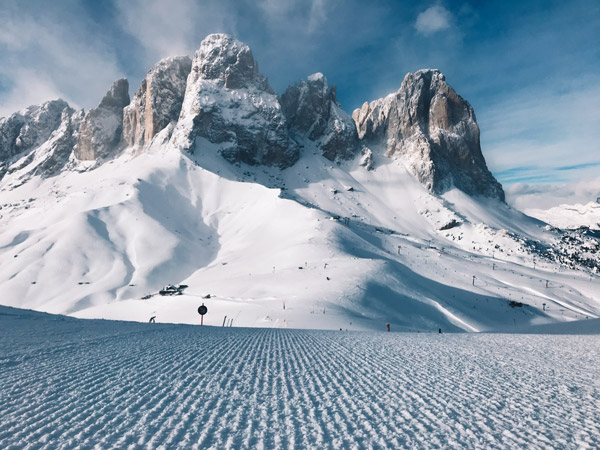
Get the best ski protection you need for skiing at Mount Langkofel. (Image: Krzyszt of Kowalik)
What’s included in ski holiday travel insurance?
- A good ski insurance plan is a versatile shield against the unpredictability of the mountains. Here’s a list of what an ideal policy will cover:
- Medical treatment: coverage for medical and hospital expenses arising from injuries sustained during your ski adventures.
- Medical/emergency rescue: evacuation to the hospital.
- Ski equipment: protection against lost, damaged, or stolen gear. Keep in mind, though, that equipment won’t normally be covered if it’s damaged during use, or if left behind or unattended.
- Trip cancellations: reimbursement for non-refundable deposits in case you’re forced to cancel your trip.
- Unused equipment and passes: reimbursement for rented equipment, pre-paid ski lessons, or lift passes left untouched due to illness or injury.
- Resort closure: coverage for costs incurred if your ski field shuts down due to weather or natural disasters.
- Personal liability: if you’re one of the unlucky ones who collides with a fellow skier.
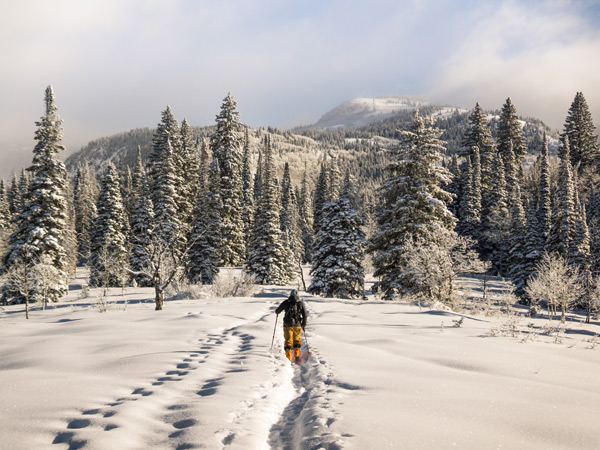
Steamboat Springs is home to the Howelsen Hill ski area. (Image: Chris Holder)
Common ski insurance exclusions to be aware of
- While ski insurance does blanket a plethora of scenarios, not everything falls under its protective umbrella. Here are some common exclusions to be aware of:
- Travelling out of season: stay within the season’s bounds to ensure coverage.
- Skiing beyond resort boundaries: stick to designated areas to stay protected.
- Under the influence: if you’ve had a few cheeky hot toddies or mulled wines, you’ll not only be vulnerable to injury, but your insurance may be void.
- COVID-19: consider uncertainties tied to illness or lockdowns.
- High-risk activities: even policies with sports in mind have limits to the activities they’ll cover you for.
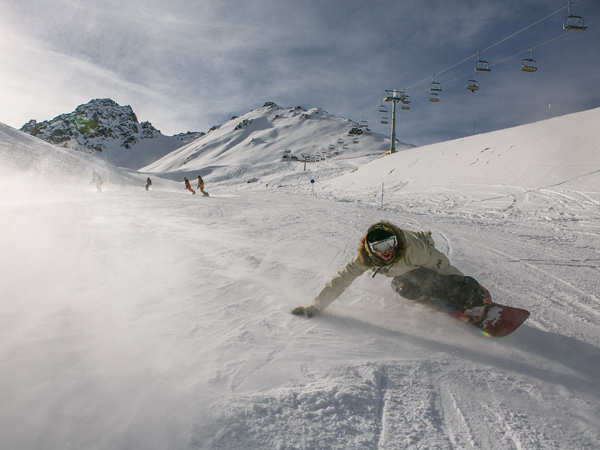
Stay protected while travelling to the snow with ski insurance.
Choosing the right coverage and things to double-check
Not everyone’s ski adventure looks the same. So, before descending the slopes, make sure your insurance aligns with your unique plans and needs. Your provider will likely welcome additions to your insurance plan, so make sure to look closely into the following, and consider upping the ante if needed:
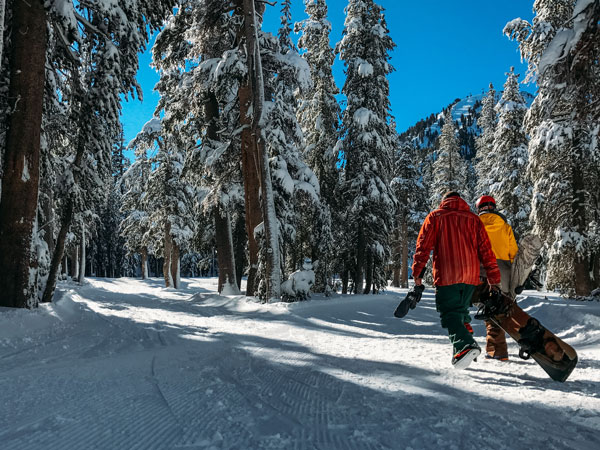
Mammoth Lakes is a great base camp for skiing. (Image: Robson Hatsukami Morgan)
Check the fine print: not the most fun part of your holiday, but understanding what your chosen policy covers automatically, and what you might need to add, is essential. Consider things like cancellation fees, luggage, and rental vehicle excess. Remember that not all insurance companies offer the same basic coverage.
Off-piste and cross-country skiing considerations: if you’re planning to head beyond designated ski slopes, check that your insurer provides coverage for this.
Holistic coverage: make sure you’re covered for your whole trip and not just when you’re in the snow.
Pre-existing medical conditions: some conditions may not be covered or require a premium. Check out our article about travelling with a medical condition here.

Whistler Blackcomb is North America’s largest ski resort.
Who’s eligible for ski travel insurance?
Most insurers limit ski coverage to those under 65, acknowledging the increased risk skiing poses to seniors. However, specialist insurers might offer protection for adventurous holidayers in their golden years. Regardless of age, purchasing ski travel before you hit the slopes is essential.
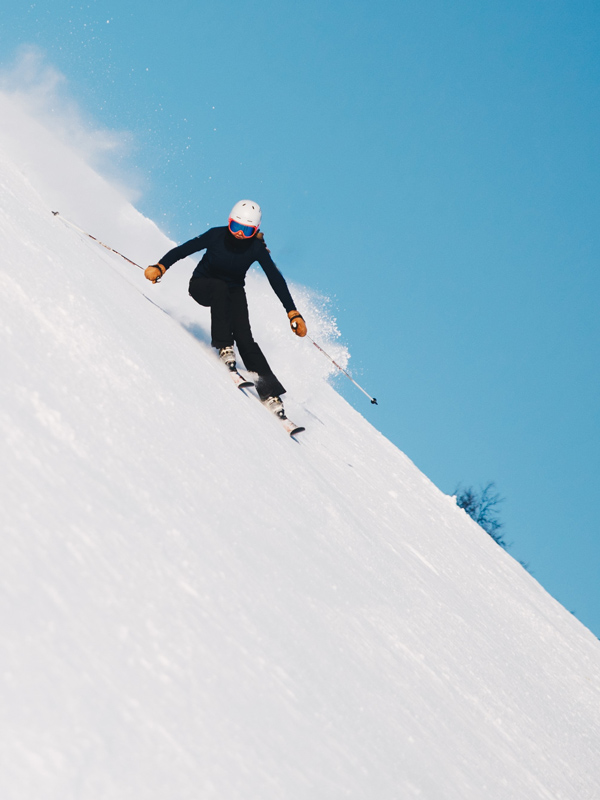
Extreme skiing is performed on steep slopes in Geilo, Norway. (Image: Nicolai Berntsen)
Calculating the cost
The price tag on ski travel insurance varies, influenced by factors like age, destination, trip duration, coverage level, and excess. Older skiers or those opting for higher coverage might incur higher premiums. Choosing a higher excess can reduce costs if you’re feeling confident, but the extra expense may be worthwhile for many.









LEAVE YOUR COMMENT